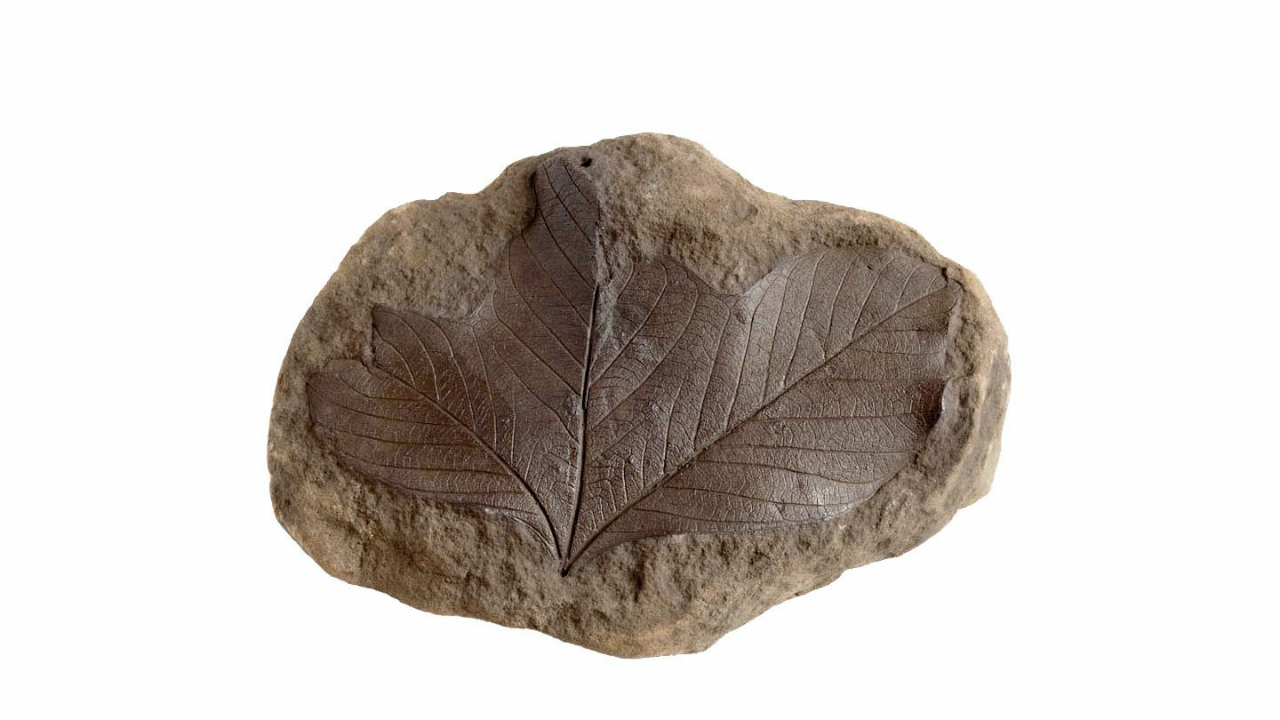INTRODUCTION TO PALAEOBOTANY
Introduction
The history of plants on Earth is many million years old. During this long period where's the varieties of plants emerged on earth. They disappeared due to climatic changes or due to catastrophic events such as earthquakes landslides volcanoes
most plants of the geological past were decomposed by bacteria after their death a few plans for their parts got buried deep in the soil without decomposition. These planst and plant parts remained well preserved in the sedimentary rocks of the different ages they are called fosills .
Paleobotany is the study of fossil plants
NOMENCLATURE OF FOSSILS
rules governing the nomenclature of living plants are equally applicable to fossils also. fossilization mainly depends upon the hardness and softness of different tissues, so it is very difficult to find out whole fossil structure of a particular plant. Therefore based on the suggestions of the 6th international botanical Congress (1935) is fossilised plant part or organ is given a name which is equal to the status of a genus. Unlike living plants the generic name of fossils is given only applied to a plant part without indicating to which plant it actually belongs.
RULES FOR NAMING FORM GENERA
* -dendron to stem | Lepididendrone |
* -Phyllum to leaf | Lepidophyllum |
* -xylon to the woody part of plant | Mycoxylon |
* -spermum , -carpon ,-carpus ,-stoma to seed | Lepidocarpon |
* -theca to microsporangia | Polytheca |
* -strobus to cone | Lepidostrobus |
OBJECTIVES OF PALAEOBOTANICAL STUDIES
* Study of the external unit structure of fossil plants and their distribution
* Adducin of evidences in support of the biology and evolution of various plant groups
* Assertion of the climatic and environmental conditions of physiological period under study
* Correlation of the the palaeoclimates with the distribution of plants.
The geologycal aspects include
* Determination of age of rocks
* Geographical distribution of coal and water
* Supply of useful information in the exploration of fossil fuels such as coal andfossilisation
The process of preservation of dead organisms or their parts in the form of fossil is known as fossilisation
THEORIES OF FOSSILISATION
(i) Aaccording to this theory fossilisation takes place by the replacement of the molecules of original plan material one after the other, By the molecules of minerals in the soil solution.the replacement occurs due to the hydrolysis or veteran of organic substances present in the plant body.
(ii) according to this theory for sky station takes place as a result of the infiltration and precipitation of minerals through the cell wall. After the burial, the plant body undergoes partial disintegration. The free carbon , released in this process, forms carbonates by reacting with infiltrated calcium magnesium etc... Fossilisaation fossilization by infiltration depends upon the disintegration of organic substances present in the cells.
FACTORS AFFECTING FOSSILIZATION
* The nature of the plant ( whether it is thin delicate or hard)
* The rapidity with which the plant mineral is preserved from decay by organisms.
* the changes to which rocks are subjected during or after the burial of the plant parts
* The extent of mineralization
TYPES OF FOSSILS
COMPRESSION : these are the common type of fossils. Formed by the burial of plants or there parts in sediments. Beautiful compression or pressure of the oval line segments the buried parts become flat. The materials that cause compression may be sand stone, diatomaceous earth, volcanic ash etc..
PETRIFACTIONS : fossils in which external form and Indiana structure are well preserved are called "Petrifactions". every cell of the plant tissues to sell and perfectly the standard as if it is living. There is molecule by molecule replacement of clan parts by some 20 minerals (in the form of carbonates,sulphates,silicates, phosphate etc ..)
INCRUSTATIONS: These are also common type of fossils suitable for the study of the morphology of plants. in this causes the external form of the plant is preserved as cast, but the Indian structure is destroyed.
IMPRESSIONS : These are just the impressions of plants or plant parts on sediments. Saudi do not contain organic materials as in compressions. Impressions formed on fine and soft materials show better details.
COMPACTATION FOSSILS : The fossil are the plants or plant parts. compressed by vertical pressure. In them the intervening, matrix in between clan parts may be absent.
COAL: Coal balls are the petrified and roughly spherical plant organs. Most fossils present in the coal, occur in this form . Coal balls are formed by the infiltration of calcium carbonate, magnesium carbonate,iron sulphate etc..
AMBER : Amber is a resinous excretion of coniferous trees. The exudate , accumulated on the forest floor, gradually hardens to take the shape of amber .
LEAF COAL OR PAPER COAL: These fossils consist of the thin and deaf leaves, dispersed in an organic matrix. As the inner tissues of the leaves are destroyed,there will be successive layers of cuticle.
ACTUAL REMAINS : These fossils are relatively younger. Their complete decomposition has been prevented by low temperature and absence of air Usually cuticle,spore walls etc..
PSUEDOFOSSILS
Sometimes, rocks take the shape of some plant parts or some animals during their formation. They are often ministerpretated as fossils. However their detailed studies reveal that they are neither plants nor animals, but are mineral depositions mistaken as plants or animals so they are called as pseudofossils.






Thank you 💗
ReplyDelete